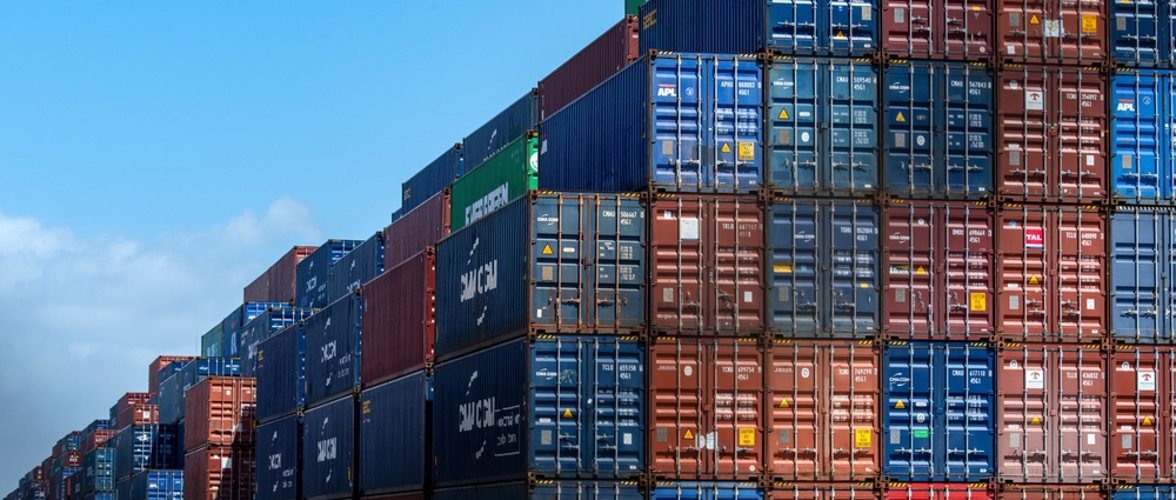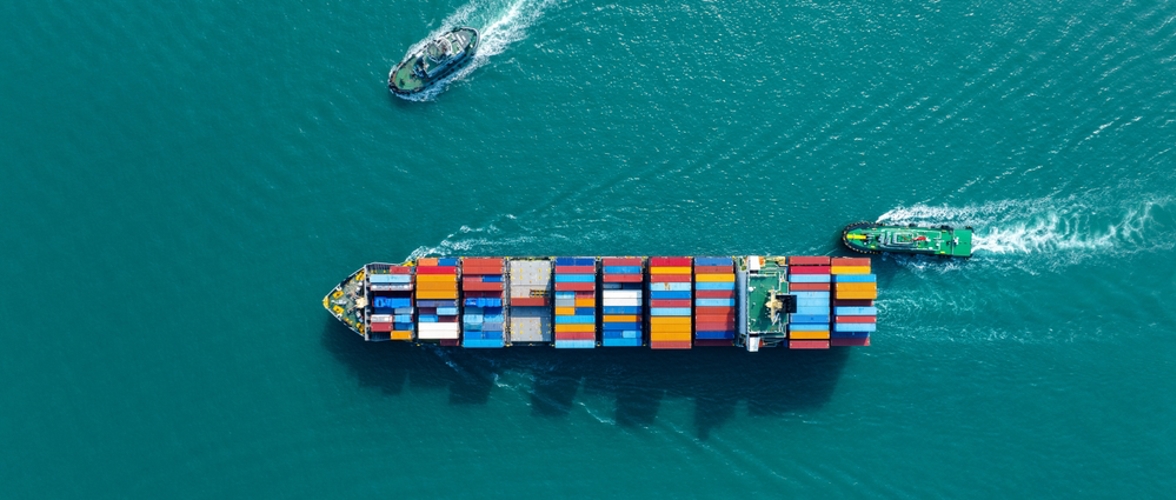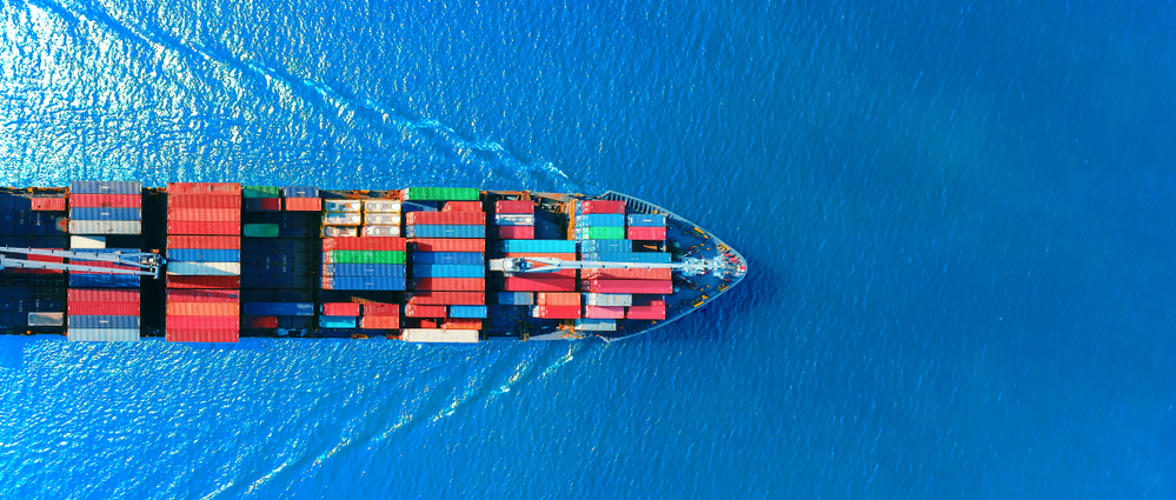Whether a cold snap in Texas or a hurricane in Louisiana, disaster preparedness can make the difference between an economic windfall or a full-on breakdown of supply chains. Disaster preparedness is expensive and often includes winterization of power generation and gas assets and the construction of flood, port and harbor resiliency infrastructure, among other activities; however, it is far less expensive than operational disruptions stressing both national and global supply chains.
Matters of great import
Consider Port Fourchon, LA, a port which harbors vessels that service nearly all US deep water oil rigs in the Gulf of Mexico. These shipping vessels effectively support the production of nearly 15.0% of the nation’s crude oil supply and 5.0% of its natural gas supply. In late August 2021, Hurricane Ida slammed into the coast of Louisiana, knocking out 9.0% of total US crude production capacity. Refiner prices increased as a result; concurrently, the port closed for days, racking up economic losses as port activity stalled while repairs were made. Luckily, damage was milder than expected and operations resumed swiftly.

The Port of New Orleans is also a critical transfer hub for intermodal cargo flowing in and out of the United States. River boats must bring cargo up and down the Mississippi River since the waterway is too shallow for oceangoing cargo ships. Furthermore, the port provides intermodal cargo exchange for rail and truck distribution nationwide, making it one of the most critical intermodal cargo junctions in the nation.
Just upriver of the Port of New Orleans is the port of South Louisiana, the largest port in Louisiana and second-largest in the United States by tonnage. The port of South Louisiana is a national hub for grain and soybean exports, shipping more than 50.0% of all US grain exports annually. Additionally, crude oil and petroleum products account for more than 70.0% of total imports at the port of South Louisiana, which makes it among the top energy transfer hubs in the United States.

Though the Port of New Orleans avoided significant damage amid Hurricane Ida, operations were halted for days as the Coast Guard ensured the Mississippi River and port channels and canals were clear of debris. Furthermore, since the port of South Louisiana is upriver from the Port of New Orleans, it also experienced detrimental conditions, causing a bottleneck of cargo ships offshore and stressing supply chains further.
Betting on the future
Industries across nearly every sector are in some way dependent on imported goods. Thus, supply chain disruptions, globally or domestically, risk significantly hindering domestic economic activity. The consequences of inactive ports, such as those damaged by natural disasters, is substantial. Operators must make the decision of whether they will gamble with mother nature and expect the best or begin investing in natural disaster preparedness and plan for the worst.









